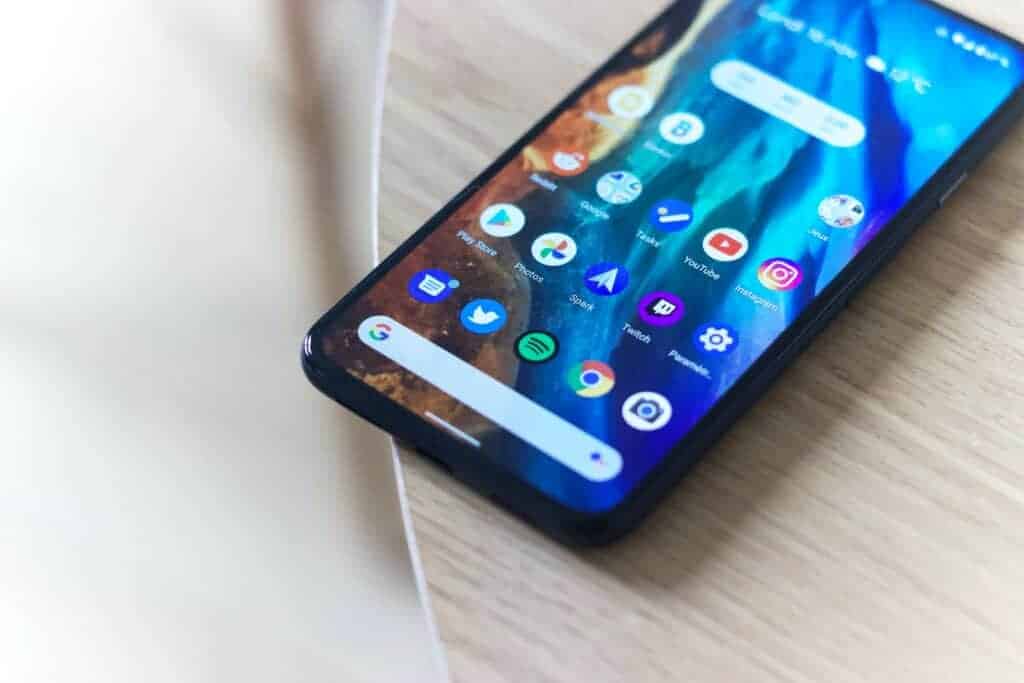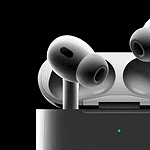Deciding between Android and iPhone can be a tough choice because each platform has its own unique advantages and caters to different preferences. This comparison will explore the key features and performance aspects of both, helping you make an informed decision based on your individual needs and priorities.iPhone users enjoy longer software updates and a consistent user experience. On the other hand, Android users have access to more customization options and a wider range of hardware choices.
Security is also a significant factor, with iPhones using FaceID technology for unlocking, while Android offers various options based on the brand and model. Performance differs as well, where iPhones have tighter integration of hardware and software compared to the diverse range of Android devices. Battery life, app availability, and design are other important factors to consider.Both platforms have their pros and cons, and understanding these aspects can help you make an informed choice.

Comparing Android and iPhone: Key Features and Performance
Operating System
Android and iOS are the two dominant mobile operating systems. Android, developed by Google, is open-source and offers greater flexibility and customization options. iOS, exclusive to Apple devices, is known for its user-friendly interface and seamless integration with other Apple products.
Hardware and Design
Apple designs both hardware and software for iPhones, ensuring tighter integration and control over the user experience. Android devices come from various manufacturers, offering a wider range of designs, features, and price points.
App Ecosystem
Both platforms boast extensive app stores with millions of apps available. However, iOS tends to get new apps and updates slightly earlier than Android.
Performance
iPhones are generally known for their smooth performance and optimization, even with less powerful hardware. Android devices, especially those with high-end specifications, can match or even exceed iPhone performance in some benchmarks.

Battery Life
Android phones typically have larger batteries than iPhones, often resulting in longer battery life. However, optimization plays a crucial role, and some iPhones can still offer comparable or even superior battery performance.
Customization
Android allows extensive customization of the home screen, widgets, launchers, and even the underlying operating system. iOS offers limited customization options, but users can personalize their devices with wallpapers, app icons, and widgets to some extent.
Security and Privacy
Both platforms take security and privacy seriously, with regular updates and security patches. iOS is often considered more secure due to its closed ecosystem and stricter app store policies.
Feature Comparison Table
| Feature | Android | iPhone |
|---|---|---|
| Operating System | Open-source, customizable | Closed-source, less customizable |
| Hardware | Variety of manufacturers and designs | Designed and controlled by Apple |
| App Ecosystem | Vast selection, some delays in updates | Vast selection, often receives updates first |
| Performance | Varies by device, can be very powerful | Smooth and optimized, even with lower specs |
| Battery Life | Generally longer due to larger batteries | Varies, optimization plays a key role |
| Customization | Extensive | Limited |
| Security | Regular updates, focus on user control | Regular updates, stricter app store policies |
Key Takeaways
- iPhones get longer software updates and a consistent experience.
- Android offers more customization and varied hardware.
- Security and performance differ between the platforms.
Key Differences Between Android and iPhone
Android and iPhone have distinct differences in their operating systems, hardware, design, ecosystem, and more. Understanding these differences can help you choose the best smartphone for your needs.
Operating System and Updates
Android and iPhone use different operating systems. Android is by Google, while iPhone runs iOS by Apple.
iOS supports devices with software updates for up to five or six years. Android updates can be slow, and only some models get them quickly. For instance, the Google Pixel 6 receives updates faster than many other Android phones, but not as long as iPhones like the iPhone 14.
Hardware and Performance
iPhones typically have consistent, high-quality hardware. Models like the iPhone 13 Pro Max and iPhone 15 Pro Max feature powerful processors and strong performance. Android phones vary widely in hardware, from budget options like the Pixel 6a to high-end models like the Pixel 8 Pro.
The battery life also varies by model, but many users find iPhone batteries last longer in real-world use.
Design and Customization
iPhones have a sleek design with limited customization. Android phones offer more variety in design and allow for more personalization.
You can change the home screen layout, use widgets, and even sideload apps not available in the Google Play Store. iPhones have fewer options for customization but offer a clean and consistent user interface.
Ecosystem and Integration
Apple’s ecosystem is tightly integrated. Devices like the Apple Watch, iPad, and MacBook work seamlessly with iPhones. Features like Handoff and Continuity Camera enhance this integration.
Android also has a strong ecosystem but is more fragmented. Google services work well across devices, but integration with other brands like Samsung may not be as smooth.
Camera and Multimedia
Both Android and iPhone have excellent cameras. The iPhone models, especially the iPhone 13 Pro Max, are known for their high-quality photos and videos. Android phones like the Pixel 6 also excel in camera performance.
Editing photos and videos is intuitive on both systems, but iPhones often have the edge in consistency and ease of use.
Apps and Gaming
The App Store and Google Play both offer millions of apps. However, the App Store often gets new apps and games first. Android devices can run various apps, including third-party ones unavailable on the iPhone.
iPhones tend to have better-optimized games and apps due to the uniformity of iOS. Nevertheless, Android offers more freedom and flexibility in app usage.
Privacy, Security, and Accessibility
iPhones provide strong privacy and security features, with regular security updates and biometric authentication like Face ID. Apple is known for its commitment to user privacy.
Android phones also offer good security, though it’s more reliant on the manufacturer. Features like fingerprint sensors and privacy controls vary between devices.
Pricing and Availability
iPhones are usually more expensive, with high resale value. Models range from budget-friendly like the iPhone SE (2022) to premium like the iPhone 15 Pro Max.
Android phones offer more variety in pricing, from low-cost options to premium models like the Samsung Galaxy S24 Ultra. Budget-conscious buyers will find more choices in the Android market.
Compatibility and Connectivity
iPhones work well within Apple’s ecosystem but may lack some features like a headphone jack or MicroSD card slot. They are compatible with various accessories and services within the Apple world.
Android phones are more versatile in compatibility, often featuring MicroSD slots, 5G support, and even headphone jacks in some models.
Both systems support connectivity, but iPhones emphasize a seamless experience within the Apple environment.
Frequently Asked Questions
This section addresses common questions about the key differences, advantages, and potential drawbacks of Android and iPhone devices.
What are the key differences between Android and iPhone operating systems?
Android offers more customization options, allowing users to change the look and feel of their devices. iPhone’s iOS provides a consistent and user-friendly experience but limits customization. Android has a more open ecosystem, while iOS is more controlled and secure.
What are the main advantages of using Android over iPhone?
Android devices often come at a lower price point, making them more accessible. They also offer greater flexibility and customization. Users can choose from a wide range of devices with various specifications. Additionally, Android supports more diverse app stores.
What are the potential drawbacks of choosing an iPhone compared to an Android device?
iPhones are generally more expensive than many Android models. They also offer less customization, with fewer options to personalize the device’s interface. While iPhones receive longer software updates, users have less control over the hardware and software.
In terms of market share, how do Android and iPhone compare?
Android holds a larger market share globally, with a presence in more countries and a broader range of devices. iPhone, while popular, has a smaller share compared to Android. However, iPhones tend to have a strong presence in certain markets like the United States.
What factors should be considered when deciding between an Android device and an iPhone for user-friendliness?
Consider the ease of use and the learning curve. iPhones are known for their intuitive design and consistency across models. Android devices vary more, which can be either a benefit or a drawback. Think about what feels more comfortable and easier to navigate.
What common features might a user lose when switching from an Android to an iPhone?
Switching from Android to iPhone might result in losing some customization options. Users may also miss expandable storage through microSD cards. Additionally, functionality differences in certain apps and services could pose a challenge. Familiar features like home screen widgets might also differ.







